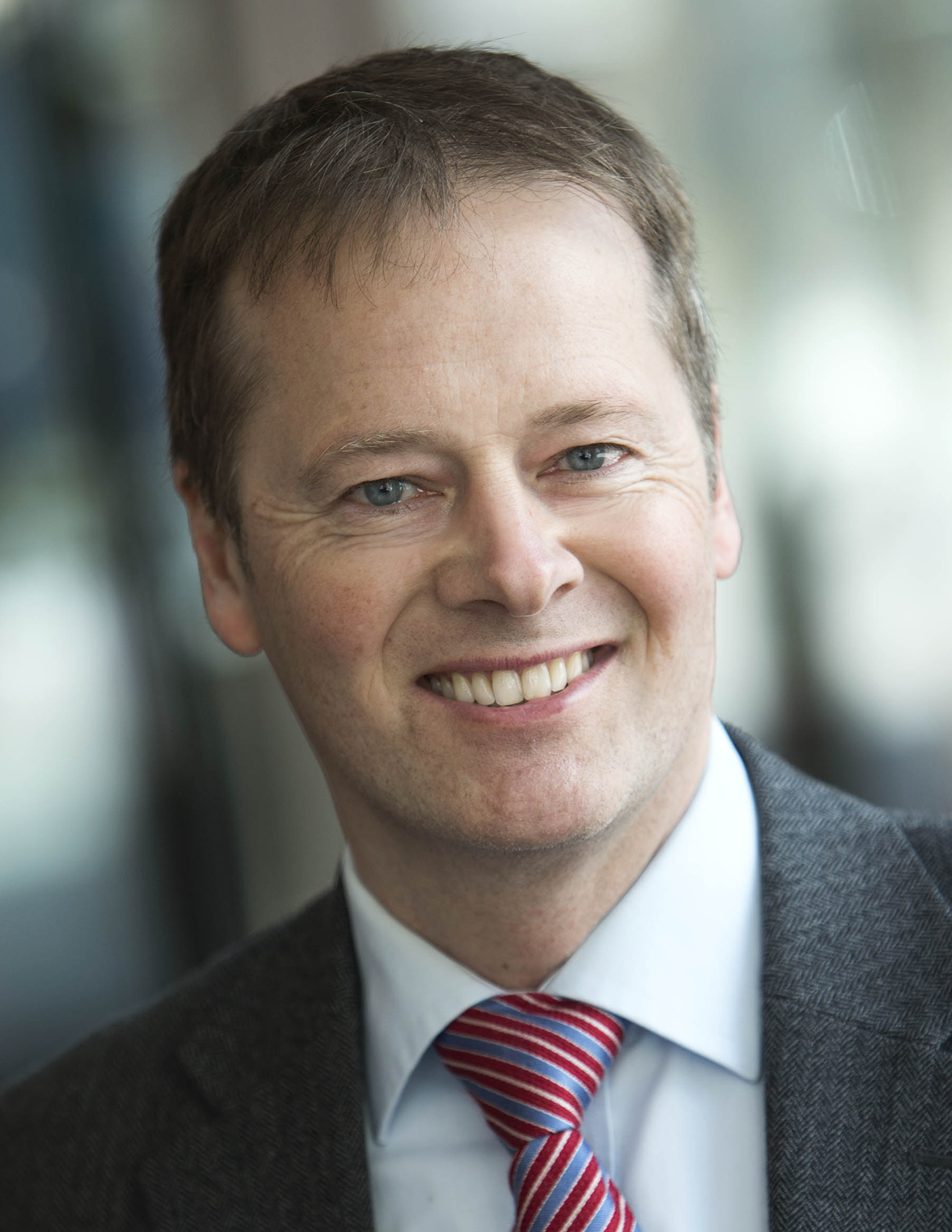Process fluids may seem like a relatively small expense, but then you might forget the cost for coolant waste, which is often hidden in a central account.
Small sumps have more frequent fluid changes than larger ones, because they are more difficult to manage and therefore often suffer from bacterial outbreaks. Sending small volumes to disposal means higher costs in the long run, since you normally have to pay for transport. The volume of a small sump is often inaccurately calculated and is rounded up.
A problem is when the person who order the fluid change is not the one who gets the invoice. For a stressed machine operator or maintenance, it´s easier to replace the fluid than to find the reason why it´s bad. This cost does not affects the department's budget, since it´s often on a central account.
Those who take the largest expense for small sumps does not know about it.
More and more companies aim to reduce waste, despite the increasing challenges of keeping a long service life of the process fluid. Stricter legislation is resulting in less available biocides, which is leading to more exposure to microbial growth and increased sensibility of variations in concentration.
The most important measure to reduce the amount of fluid waste is to have a strategy for keeping the bacteria under control. There must be someone who is responsible for each sump, no matter how small it is, and who can take measures to increase the life of the fluid.
Do you want to learn more about the most efficient way of working with small sumps?

Hans introducerade processvätskerening inom Wallenius Water 2011 efter ett flertal lyckade fältinstallationer. Processvätskerening är idag ett av Wallenius Waters fokusområden. I dag arbetar Hans med strategisk partnerutveckling inom affärsområdet.
+46 8 120 138 37
+46 8 120 138 37
+46 8 120 138 37
Comment